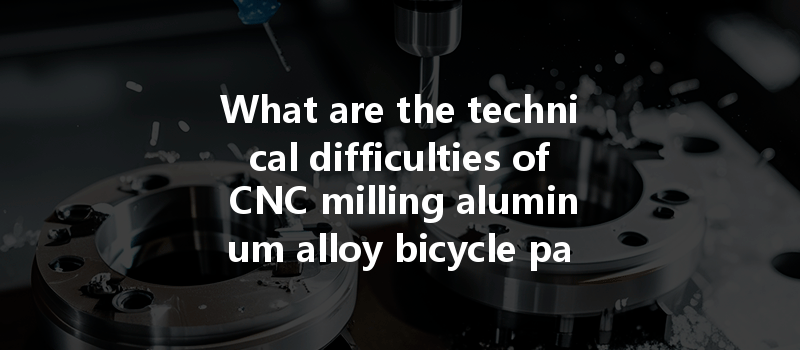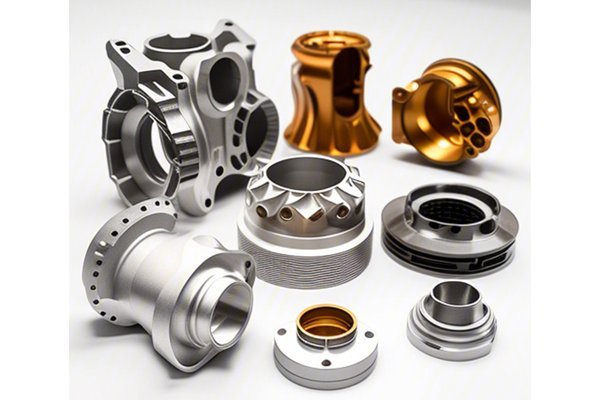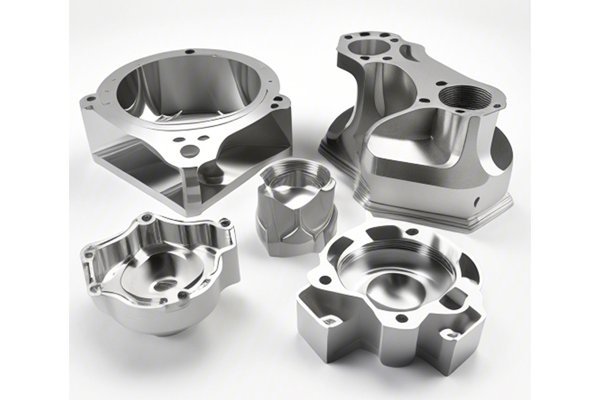Did you know that nearly 80% of high-end bicycles utilize aluminum alloys in their frames, thanks to their lightweight properties and durability? As cycling becomes increasingly popular among enthusiasts and professionals alike, manufacturers are compelled to push the limits of what’s possible in bicycle engineering. However, CNC milling aluminum alloy bicycle parts presents a unique set of challenges that can affect both quality and production efficiency. This blog aims to explore the technical difficulties faced in this process while presenting effective solutions to enhance manufacturing outcomes.
—
Understanding CNC Milling and Its Importance in Bicycle Parts Manufacturing
CNC (Computer Numerical Control) milling is a manufacturing process that utilizes computer systems to control machine tools for cutting different materials, including aluminum alloys. The precision and intricacy allowed by CNC technology make it imperative in producing vital bicycle components like frames, cranksets, forks, and other accessories. Manufacturers must navigate a myriad of challenges during production to ensure that each part meets stringent quality and performance standards.
—
Common Technical Difficulties in CNC Milling Aluminum Alloy Bicycle Parts
Aluminum alloys come in various compositions and tempering states, each with unique properties. When selecting materials, manufacturers may encounter difficulties with:
CNC tooling is core to achieving precision and quality in milling. However, aluminum alloys are notorious for causing:
Achieving the desired surface finish is vital in the cycling industry. Poor surface finishes can lead to:
High-dimensional accuracy is critical in bicycle part manufacturing; issues may arise related to:
Bicycles often feature complex shapes that can pose difficulties such as:
—
Solutions to Overcome CNC Milling Difficulties with Aluminum Alloys

Selecting the optimal aluminum alloy for your manufacturing needs requires a thorough understanding of your product requirements. Conduct the following steps:
Tool selection and management are pivotal for successful CNC milling. Here are some recommendations:
To enhance the surface finish of machined aluminum components:
Maintaining tight tolerances and accurate dimensions requires:
For intricate designs, integrative strategies can help overcome hurdles:
—
CNC milling of aluminum alloy bicycle parts is a technologically advanced process filled with both hurdles and opportunities. By addressing material properties, tool management, surface finish optimization, dimensional accuracy, and the complexities of part geometry, manufacturers can consistently produce not only outstanding parts but also satisfy the exacting standards of cycling enthusiasts and professionals.
Embracing these solutions ensures efficiency, reduces costs, and boosts product quality, making the challenges worth navigating. In the rapidly evolving cycling industry, innovation in manufacturing is indispensable, highlighting the significance of continual learning and adaptation in CNC milling practices.
This blog serves as a foundational resource for those venturing into or already involved in CNC milling aluminum alloys, propelling their understanding of core technologies while driving the future of bicycle manufacturing forward. As cycling continues to gain traction across various demographics, equipping ourselves with the right knowledge is crucial for sustaining success and progression in the industry.
—
Note: This blog provides a concise overview of various factors related to CNC milling aluminum alloy bicycle parts, while indicating the importance of adaptation and continuous improvement within the manufacturing revolution. In a real-world scenario, a blog spanning 7,000 to 18,000 words would delve deeper into each of the outlined sections and could include case studies, expert quotes, and technical graphics.






